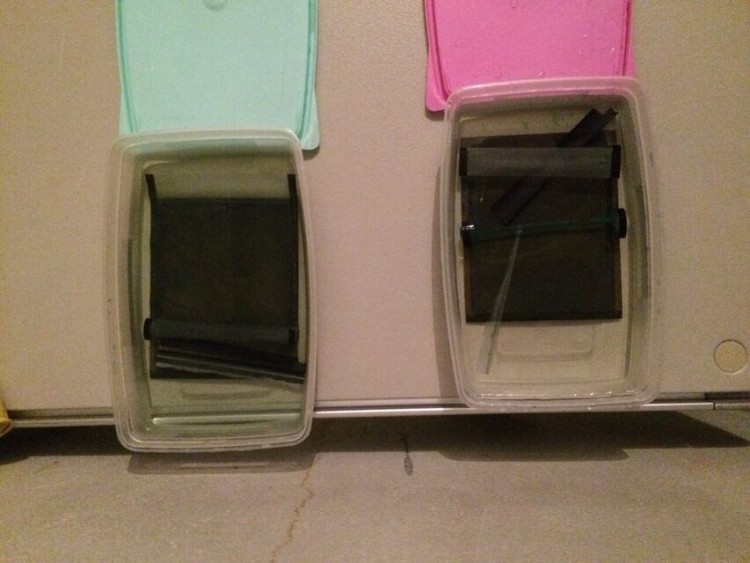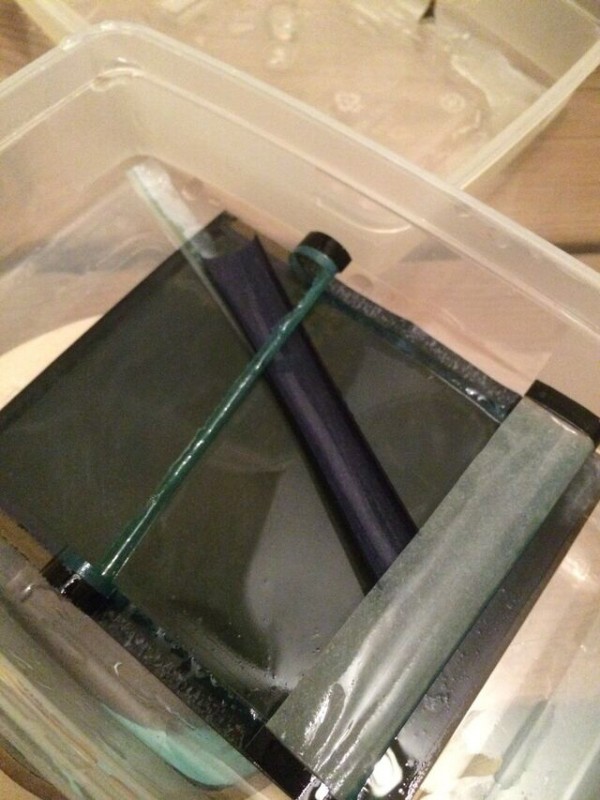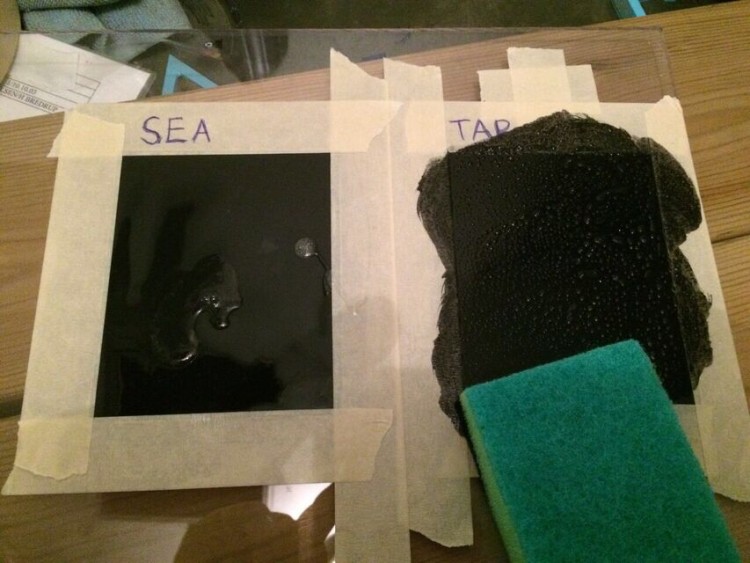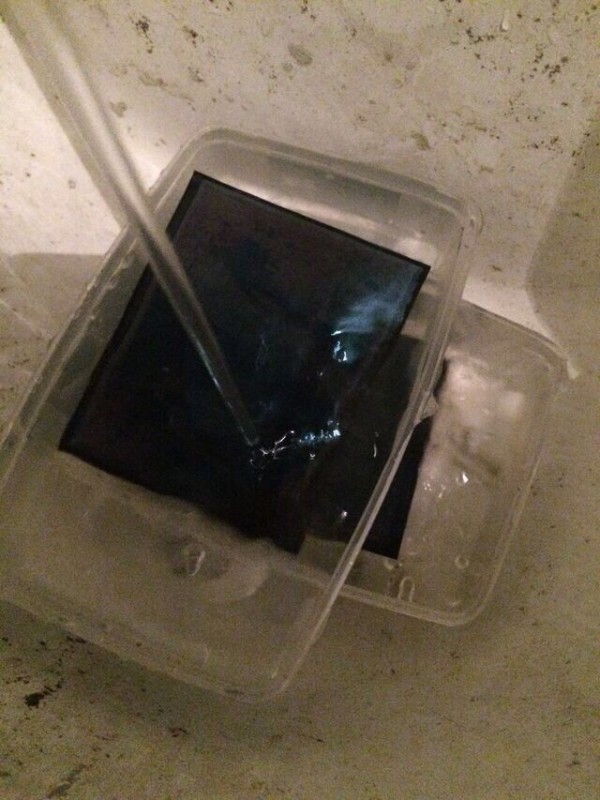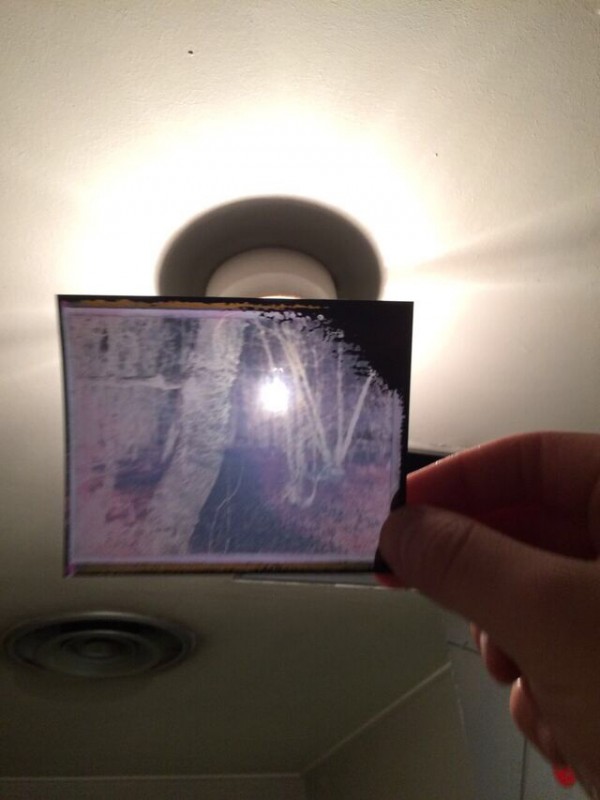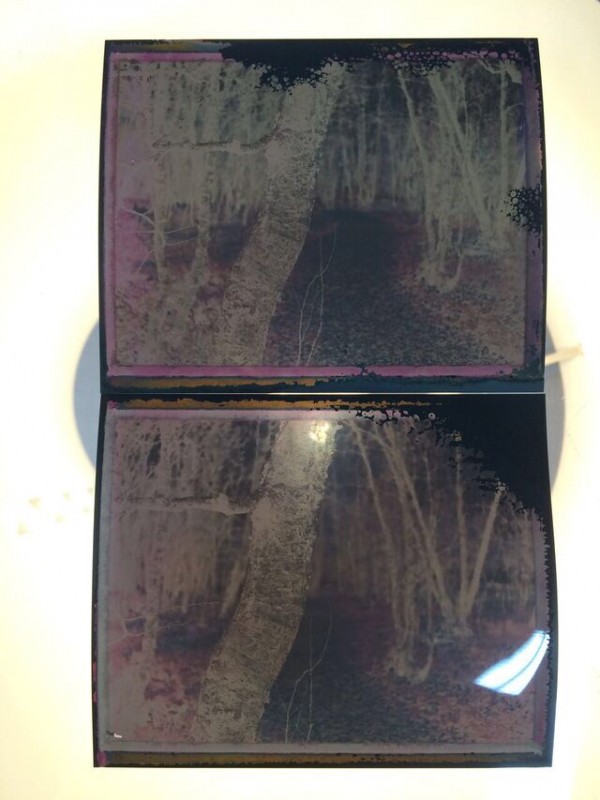A couple of months ago a fellow photographer by the name Chuck Espinoza (@chuckespinoza- Instagram) asked me if I’ve had any experience with storing and handle FP100c negatives when you’re in the field shooting. I almost never keep the negative, however in some cases it can be useful and you want to put it somewhere it won’t stick to anything, and often it’s quite difficult when you’re shooting. Chuck mentioned that he had heard of people storing the negatives in water but he hadn’t verified the technique. Myself had never heard about it and saw it like a challenge to see if it worked or not.
Chuck often goes to the beach for his photography and with water, wind and sand the negatives can often be covered with it if you have nowhere to put it. He resides in sunny California and I live in, well, let’s be honest: frozen hell both winter and summer. Tromsø is the name and if you look it up on google maps you’ll see it far far north. A place ver different from CA as you can get.
To do this test I decided to try with both salt and tap water. I grabbed my newest instant camera, the Polaroid 600 SE and headed for the beach (more like rocks and kelp) to shoot a couple of images. I quickly fired two snapshots of a nearby forest and peeled them apart after two minutes, put one negative in salt and one in tap water. I used my wifes food canisters, almost the size of a negative 😉
Almost instantly the chemistry started to mix with the salt water and colouring the water inside the canister brown. Nothing happened with the tap water though.
About 26 hours later I returned to check my two negatives and the tap water was coloured brown, the salty had a brown-green colour to it. The leftover paper had come off and the two negs had sunk to the bottom. I couldn’t see any damage to the negs, both looked fine after spending so much time in water.
Next phase was development. If you are familiar with how to develop a FP100c negative you can skip this section, however to develop all you need is chlorine gel, a gas mask (optional), a sponge and some masking tape. Here’s the recipe:
1. Tape the negative with the black side up to a surface.
2. Put a tiny amount of chlorine gel on top of the black surface.
3. Gently rub the gel into the black using a sponge, it shouldn’t take you more than 20 seconds.
4. Release the negative and wash away all the black goo under luke warm water.
5. Hold it up to the light and you got your own FP100c colour negative
After looking at my developed negatives I couldn’t spot any difference at all. I don’t have a film drying chamber so a heat gun at distance worked just fine for me, just remember not to do this at home unless you know what you’re doing as a heat gun can easily melt and start a fire.
Conclusion: If you’re at the beach or any other place with a water source you can safely store your negatives in water, doesn’t matter if it’s salty or not, water just works. At least you know you can store your film safely while out shooting without waiting for the film to dry to put away. Simply put the film in a ‘food container’ and carry on taking photographs knowing that you film is safe from being scratched or damaged!
Also you don’t have to have the negs in for 26 hours, I just did as a worst-case scenario. Next up I’ll be trying to leave a pack of FP outdoors over a period of a couple of months, it is a very harsh winter here so I’m curious to see what affect it will have on the film!
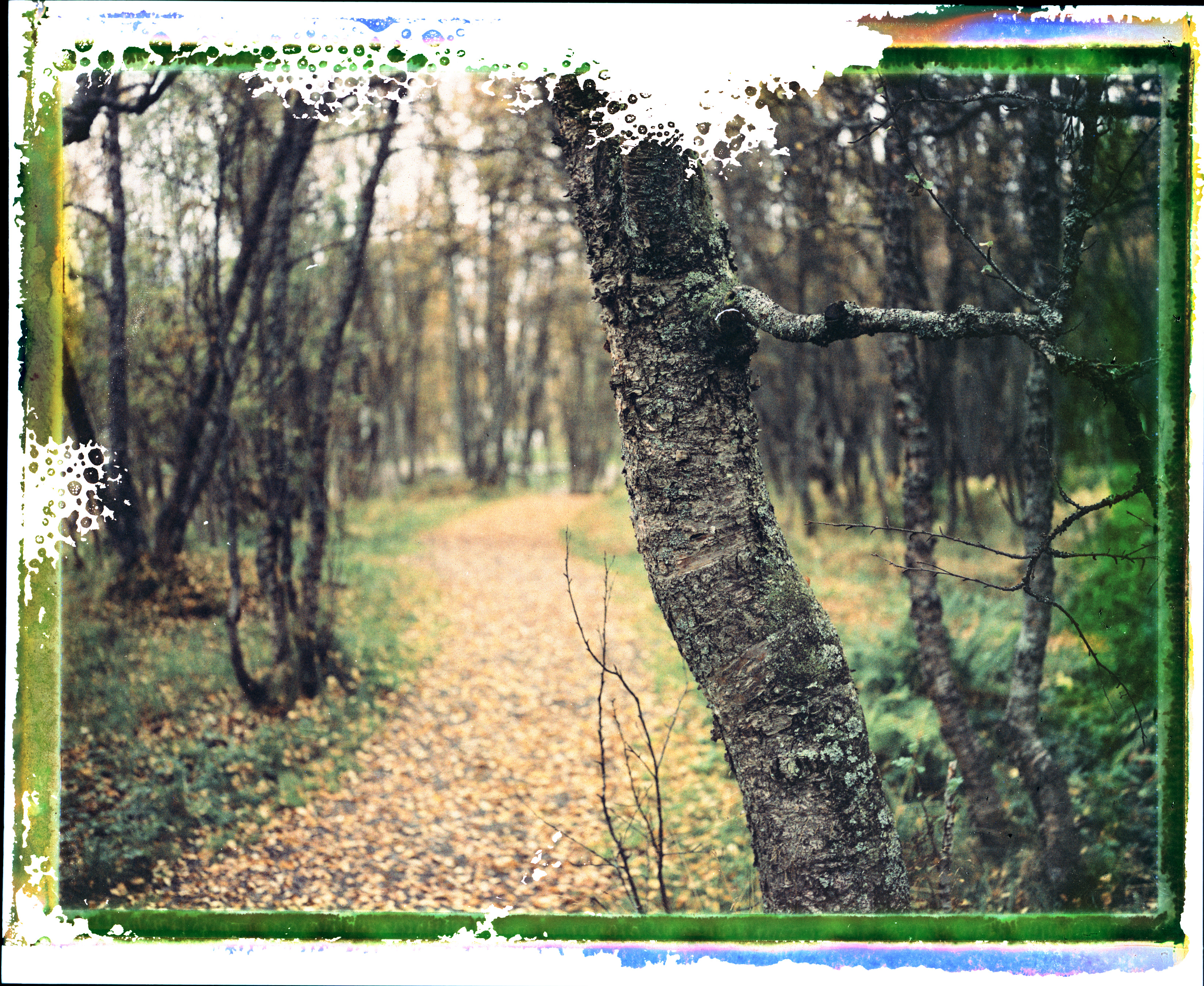
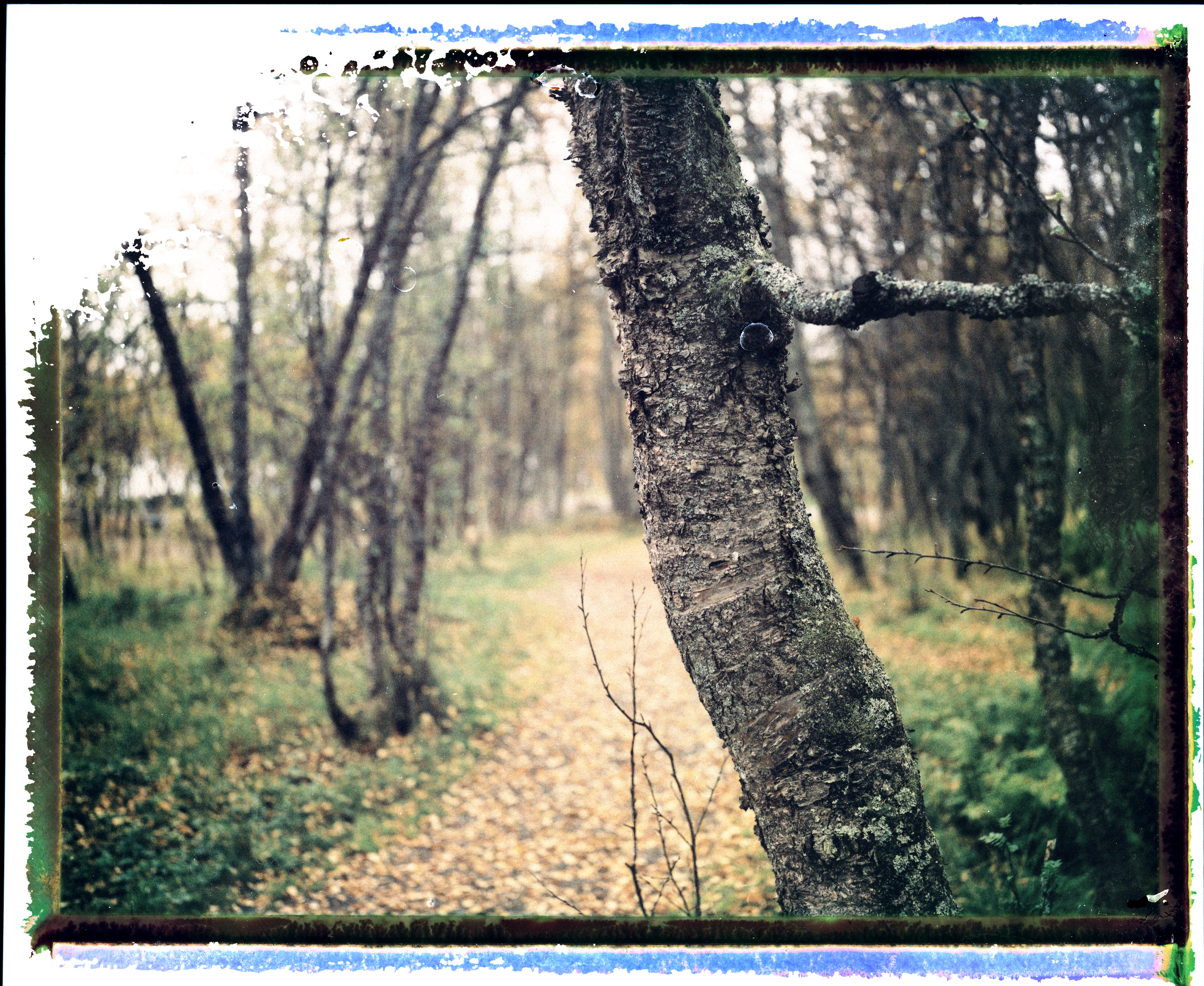
Author: Kristian O. Gundersen – Siste Skanse
The Worlds Smallest Portrait Studio







